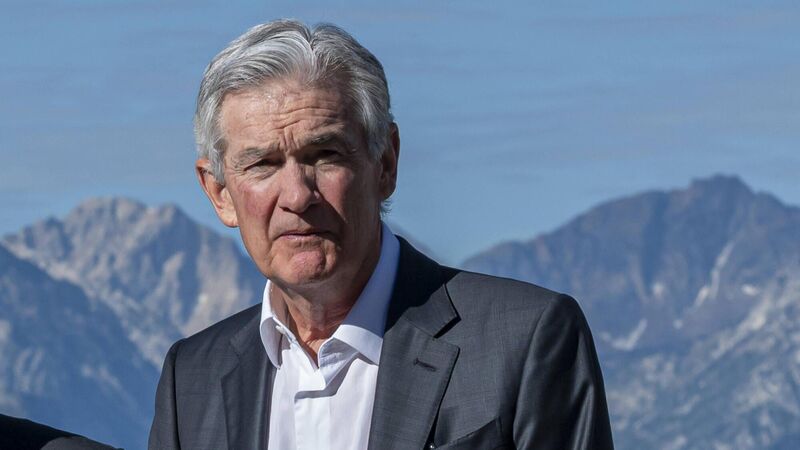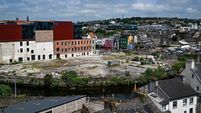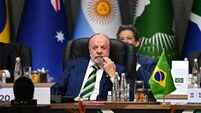Explainer: What is Jackson Hole and why is it important?

Jerome Powell, chairman of the US Federal Reserve, at the Jackson Hole economic symposium in Moran, Wyoming, US, on Friday, Aug. 25, 2023. Photographer: David Paul Morris/Bloomberg
Jackson Hole is a remote valley located in the rural US state of Wyoming. Known for its beauty and wildlife, the area comprises ski slopes, a national park and natural hot springs, making it a major tourist attraction.
In addition to its outdoorsy visitors, for more than 40 years, Jackson Hole has been home to the Federal Reserve's annual three-day economic symposium, hosted by the Federal Reserve Bank of Kansas City.
One of the most significant and longest-standing central banking conferences in the world, this year's event will take place from Thursday August 22 to Saturday 24.
Each year, the symposium chooses one important issue facing the global economy, with the topic for 2024 being "Reassessing Effectiveness & Transmission of Monetary Policy," an issue of particular relevance now given the increased activity of central banks in the last few months in response to falling inflation.

The conference is attended by around 120 people and draws several high-profile participants, with this year's speakers including Fed Chair Jerome Powell, Governor of the Bank of England, Andrew Bailey and chief economist of the European Central Bank, Philip Lane, who will address the conference on Saturday.
As the symposium often features speeches by Fed chairs and other key policymakers, several significant monetary changes have been hinted in the past at Jackson Hole.
In 2022, Mr Powell took his speech as an opportunity to warn the market of low-trend growth as the Fed battled high inflation, adding that doing so would "bring some pain," to businesses and households. Similarly, in 2016, Janet Yellen, the then-chair of the Federal Reserve also used her speech at Jackson Hole to warn the market of rate hikes, which began later that year.
This year, the Fed is expected to express confidence in achieving its target of 2% inflation and signal a potential rate cut in September. Given recent market events, most notably the stock market plunge earlier this month triggered in large part by a weaker-than-anticipated US jobs report, Bank of America is forecasting a shift in focus from inflation control to the labour market stability, with the market anticipating "limited resistance to rate cut pricing."
With mixed signs on the US economy, the judgment call on when to ease and by how much becomes all the more challenging, which is reflected in futures markets in the run-up to Jackson Hole.
Federal funds futures for a year forward are swinging around by the most this year. According to Bloomberg, the 30-day realized volatility for the contracts jumped to 1.86 last week, the highest since June 2023, when it was elevated in the wake of the regional US banking crisis. The current reading is almost triple the average in data going back to 1991.
Meanwhile, gold prices, which have gained more than 22% this year to over $2,525 (€2,275), hit another high ahead of this week's symposium, with widely expected rate cuts often seen as a positive for non-interest bearing bullion.
The next Fed interest rate decision is due on September 18. Markets are currently pricing in between three and four quarter point cuts this year from the current range of 5.25-5.5%, marking their highest level in 23 years.










